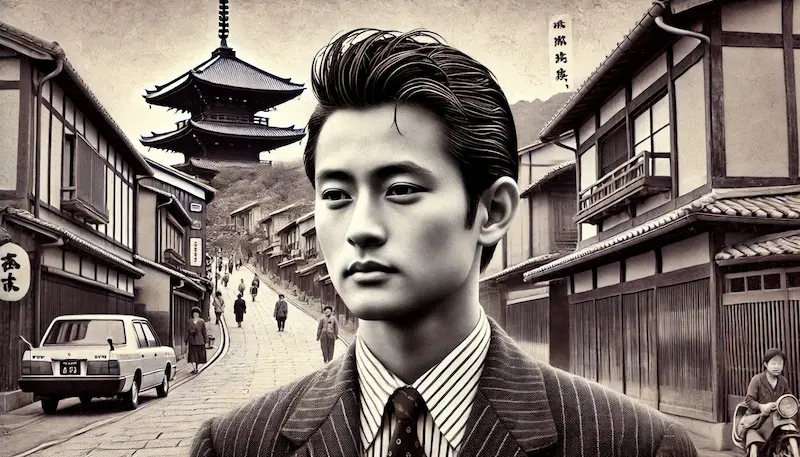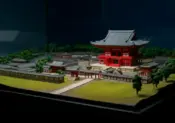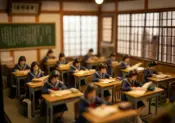Kyoto in the Showa Era: Resilience, Recovery, and Cultural Rebirth(1926-1989)
- 1. Introduction: Kyoto’s Showa Era – Navigating Through Turbulent Times
- 2. The Shadow of War: Kyoto and World War II
- 3. Post-War Recovery and High Economic Growth
- 4. Showa Culture: New Winds from Kyoto
- 5. Preservation and Creation of Traditional Culture
- 6. Late Showa Kyoto: Towards an International City
- 7. Conclusion: The Legacy of Kyoto’s Showa Era
1. Introduction: Kyoto’s Showa Era – Navigating Through Turbulent Times
Let’s embark on a journey through Kyoto’s Showa era (1926-1989), a period marked by dramatic events, from the devastation of World War II to the rapid economic growth and cultural shifts of the post-war years. Kyoto, with its rich history and cultural heritage, faced unique challenges and opportunities during this time. We’ll delve into how the city endured the war, rebuilt itself, and emerged as a vibrant cultural center in the new Japan.
2. The Shadow of War: Kyoto and World War II
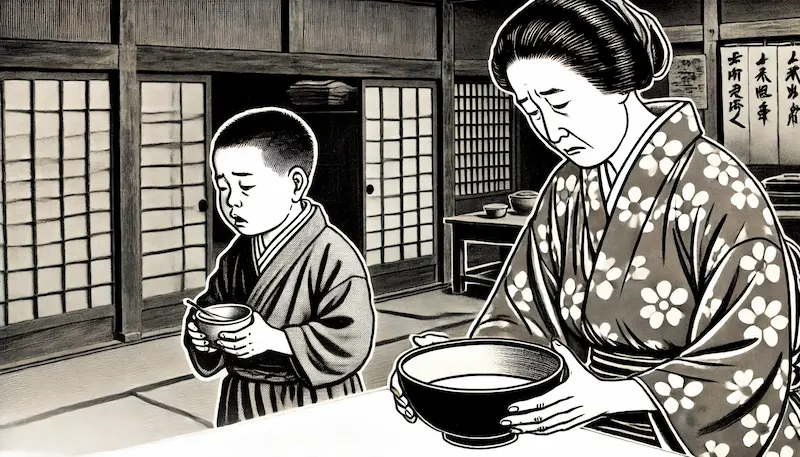
The Showa era began with a sense of optimism and modernity, but the outbreak of World War II cast a long shadow over Kyoto. The city, like the rest of Japan, was mobilized for war. Air raid drills became a regular occurrence, food shortages were common, and many students were mobilized to support the war effort.
Despite being a major cultural center, Kyoto miraculously escaped the widespread bombing that ravaged other Japanese cities. Several theories attempt to explain this, including the “Ancient Capitals Preservation Plan,” which aimed to protect Kyoto’s cultural heritage. However, the exact reasons remain a subject of debate.
Even without direct bombing, the war deeply affected Kyoto’s residents. Many faced hardships and loss, and cultural activities were often curtailed. Yet, the city’s spirit of resilience endured, and people found ways to maintain their traditions and cultural practices despite the difficult circumstances.
3. Post-War Recovery and High Economic Growth
After the war, Kyoto embarked on a remarkable journey of recovery and reconstruction. The “War Damage Rehabilitation and Reconstruction Plan” led to significant changes in the city’s landscape, with new buildings and infrastructure replacing the damaged ones.
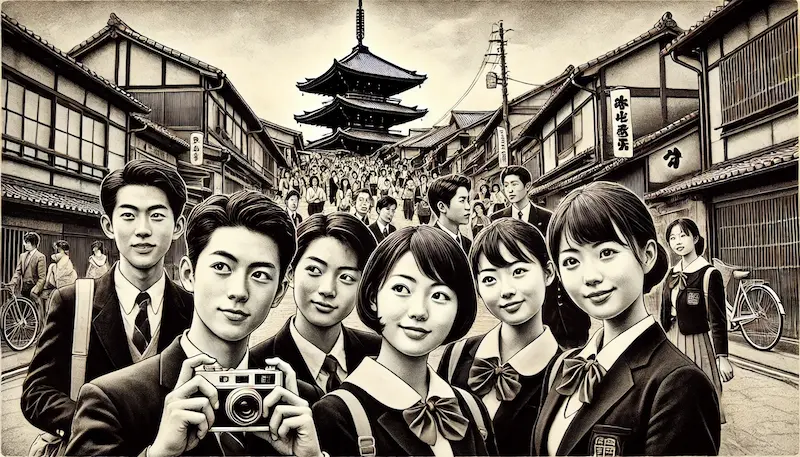
Kyoto’s traditional industries, such as textiles and crafts, experienced a resurgence, while new industries like electronics and machinery emerged. The city also became a popular tourist destination, attracting a growing number of domestic and international visitors. The “school trip boom” of the 1960s and 70s saw a surge in student tourism, further boosting Kyoto’s economy.
4. Showa Culture: New Winds from Kyoto
The Showa era was a time of cultural dynamism in Kyoto. The city’s film industry flourished, with the Toei Uzumasa Eigamura (movie village) becoming a major production center for period dramas.
Student activism also played a significant role in shaping Kyoto’s cultural landscape. The city’s universities became hotbeds of political and social movements, with students actively participating in protests and demonstrations.
Kyoto’s unique atmosphere and rich history also inspired many writers and filmmakers. The city served as a backdrop for numerous novels and movies, capturing the essence of Showa-era Japan.
5. Preservation and Creation of Traditional Culture
Despite the rapid changes of the Showa era, Kyoto remained committed to preserving its traditional culture. Traditional events like the Gion Matsuri and Aoi Matsuri continued to be held, while new festivals like the Jidai Matsuri were created to celebrate the city’s history.
Traditional crafts like Kiyomizu-yaki pottery and Nishijin textiles were passed down through generations of artisans, ensuring their survival and continued evolution. The government also implemented measures to protect cultural properties, recognizing their importance for future generations.
6. Late Showa Kyoto: Towards an International City
In the latter half of the Showa era, Kyoto took significant steps towards becoming an international city. The enactment of the Ancient Capitals Preservation Law in 1966 aimed to protect the city’s historical landscape and cultural heritage.
Kyoto also hosted numerous international conferences and events, such as the 1978 G7 summit, raising its profile on the global stage. The city established sister city relationships with cities around the world, further promoting cultural exchange and understanding.
7. Conclusion: The Legacy of Kyoto’s Showa Era
Kyoto’s Showa era was a time of resilience, recovery, and cultural rebirth. The city endured the hardships of war, rebuilt itself, and embraced new cultural trends while preserving its traditions. The legacy of this era can be seen in Kyoto’s unique blend of the old and new, a testament to the city’s ability to adapt and thrive in the face of change.
The Showa period serves as a reminder of Kyoto’s enduring spirit and its commitment to preserving its cultural heritage for future generations. It’s a story of survival, innovation, and the ongoing evolution of a city that continues to inspire and captivate.
